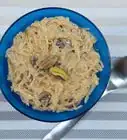X
wikiHow is a “wiki,” similar to Wikipedia, which means that many of our articles are co-written by multiple authors. To create this article, volunteer authors worked to edit and improve it over time.
This article has been viewed 13,957 times.
Learn more...
Paan is a common post-meal snack and "mouth freshener" consumed in South Asia. It consists of a betel leaf filled with aromatic ingredients. The leaf is then folded into a triangle and commonly eaten in one bite. Some choose to swallow it while others spit it out after chewing on it.
Ingredients
- Betel leaves
- Chuna
- Katha powder
- Paan chatni
- Gulkand
- Fennel seeds
- Menthol crystals
- Cardamom
- Grated coconut
- Tutti Frutti candy (optional)
- Betel nuts (optional)
Steps
Part 1
Part 1 of 3:
Preparing the Betel Leaves
-
1Wash the betel leaves. Hold your betel leaves under running water and dab them dry with a paper towel, making sure not to tear them.
-
2Cut the betel leaves' stems off. Fold your betel leaves in half and use clean scissors to cut off the stem at the bottom of the leaves. Similarly, you can just tear this stem off with your hands.Advertisement
-
3Cut the betel leaves. Lay down your leaves separately on your work surface with the pointy side facing up. Use clean scissors to cut a slit that goes ⅓-½ up the leaf from the bottom rounded side.
-
4Add the chuna. Chuna is calcium hydroxide made into a paste. It is very common for chuna to dry out. If this is the case, take some of the chuna powder out into a separate bowl and hydrate it with some water. Then, use your finger or a small spoon and rub a small amount of chuna on one side of your leaves.
-
5Add the katha powder. Katha is a powder extract derived from the catechu plant. Sprinkle some katha powder on top of your leaves.
Advertisement
Part 2
Part 2 of 3:
Filling Your Paan
-
1Prepare your leaves. Turn your leaves 180 degrees so the pointy side is facing down. Find the slit you made earlier.
-
2Form a leaf cup. Grab one side formed by the slit and slowly start pulling it towards the opposite side. Do the same procedure with the other side at the same time to form a cup.
-
3Put your leaf into the correct orientation. Turn your cup around so the pointy side is facing up. You are now ready to start filling your cup.
-
4Add paan chatni. Paan chatni is a paste that is flavored with saffron with the addition of silver or gold leaf. Add a small amount into your newly made betel leaf cup.
-
5Add gulkand. Gulkand is a rose-flavored jam. Add a spoonful of gulkand inside your cup. Add more if you would like your paan to be sweeter.
-
6Add fennel seeds. Sugar coated colorful and plain fennel seeds are available for purchase in most Indian grocery markets. Feel free to add either or both of them. This is one of the mouth-freshening portions of our paan.
-
7Add cardamom. Some individuals enjoy whole cardamom inside their paan while others prefer it crushed. If you would like to crush your cardamom, use a spatula or your hand and apply some pressure to crack the shell slightly. Add as many as you like to your paan.
-
8Add coconut. Coconut comes in many forms such as sweetened or desiccated. For this paan, desiccated coconut was used but feel free to use your desired form of coconut.
-
9Add menthol crystals. Menthol crystals are extracted from peppermint oil. They give a very refreshing minty taste. Add 1-2 small pieces inside.
-
10Add Tutti Frutti. Tutti Frutti is candied fruit. This is an optional ingredient that many children enjoy adding.
-
11Add betel nuts. This step is completely optional considering betel nuts eaten in large amounts can be detrimental to health. If you plan to add them, only add a few pieces and avoid eating them excessively.
Advertisement
Part 3
Part 3 of 3:
Folding Your Paan
-
1Fold your paan. Recall that your paan is in a pocket shape. Flatten this pocket by pushing down with your thumb.
-
2Get the right triangle shape. There will be a triangle sticking out at the top. Fold that triangle down.
-
3Seal your paan. Seal your paan close with a toothpick, clove piece or wrap it in foil. In this demonstration a clove piece was used to seal the paan closed. None of these are required and the paan can be eaten directly at this point as well.
-
4Enjoy your paan. Traditionally, South Asians eat paan in one bite. Enjoy your paan how you like.
Advertisement
Warnings
- Children may want to avoid eating betel nuts because it can be hazardous to your health when consumed in large amounts.⧼thumbs_response⧽
Advertisement
Things You'll Need
- Scissors
- Toothpick or aluminum foil or cloves (optional)
About This Article
Advertisement
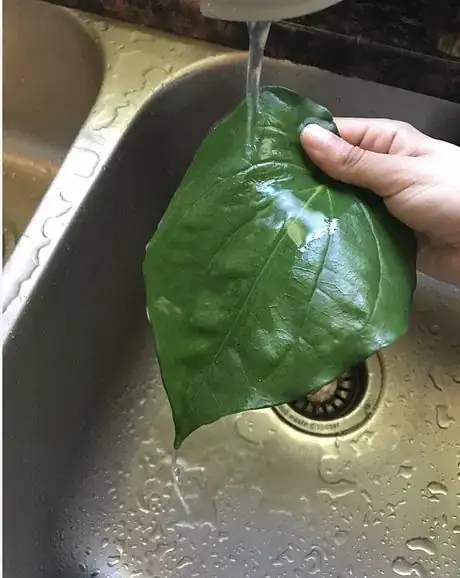
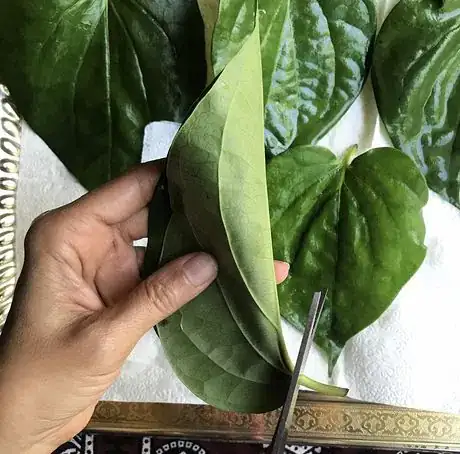
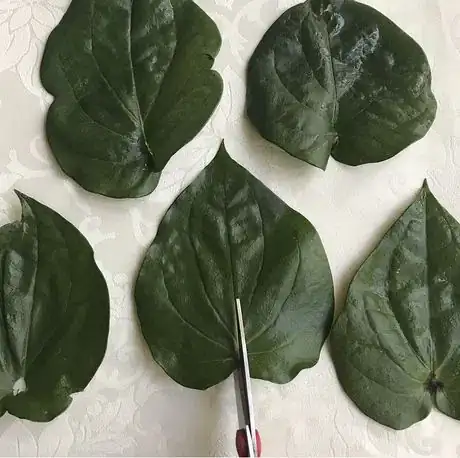
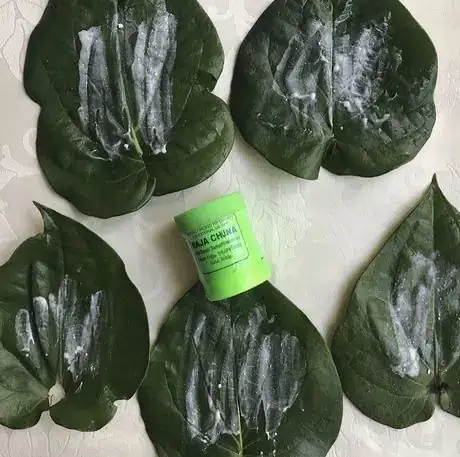
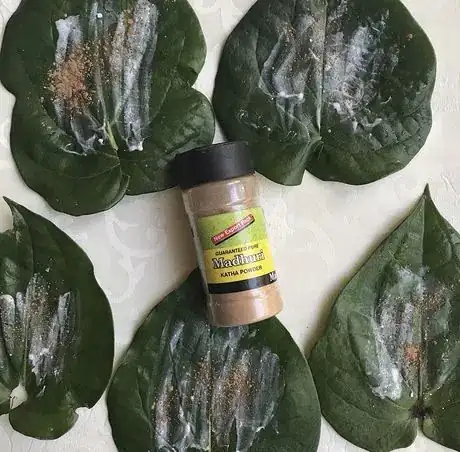
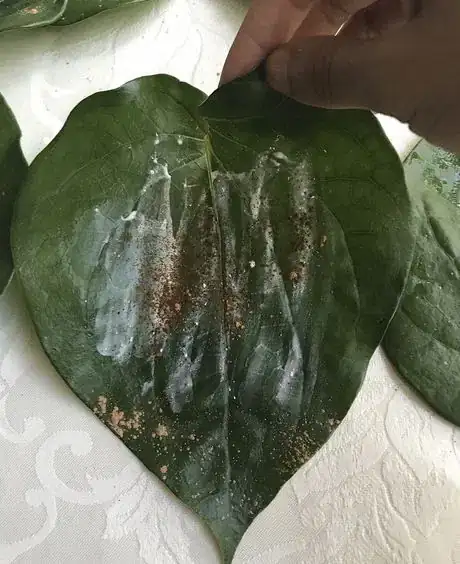
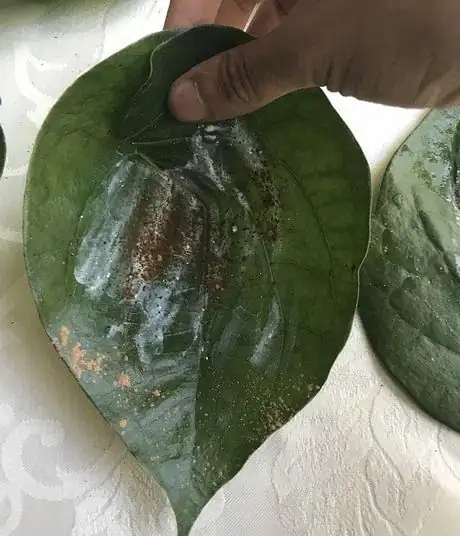
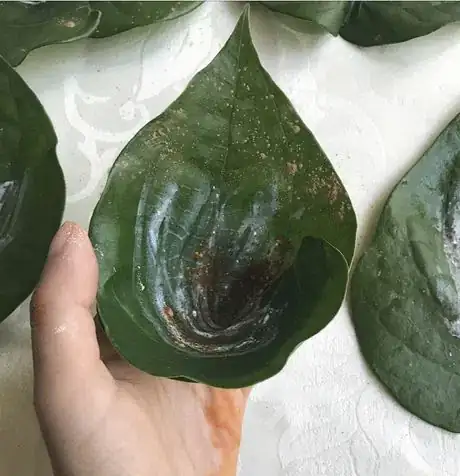
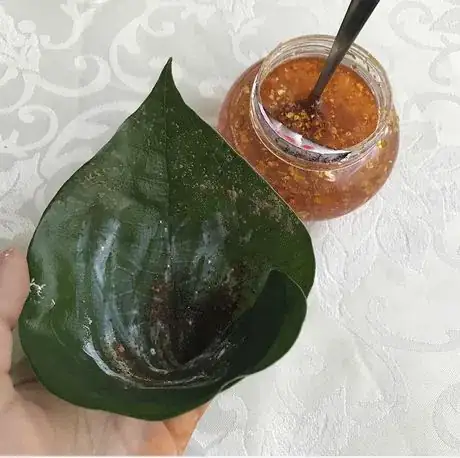
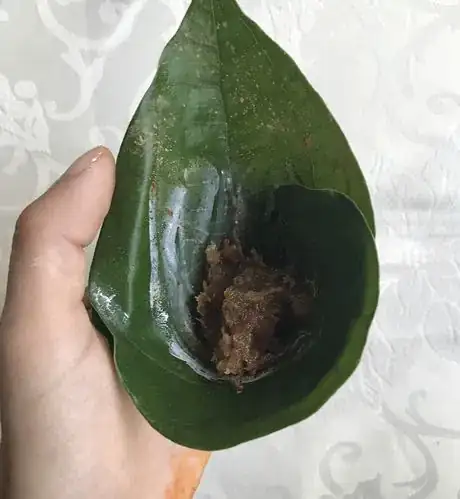
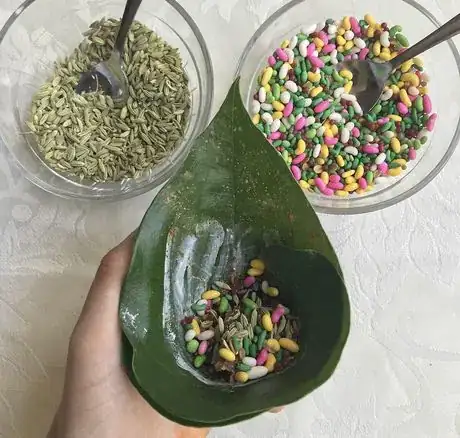
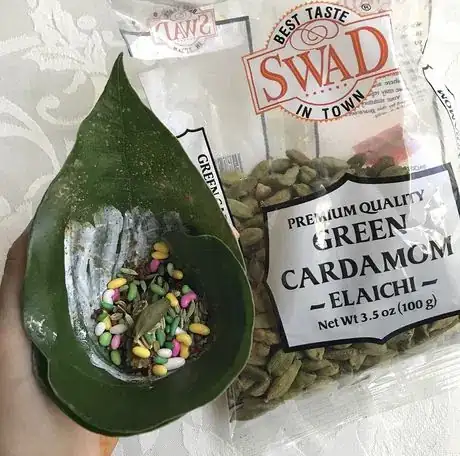
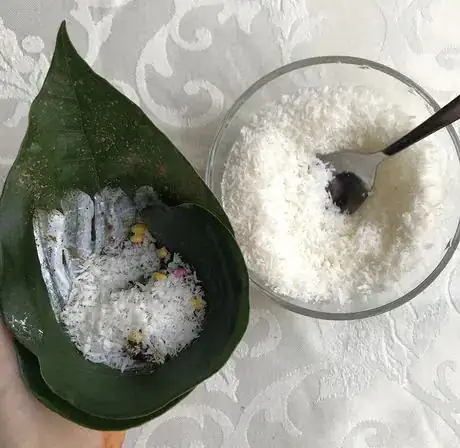
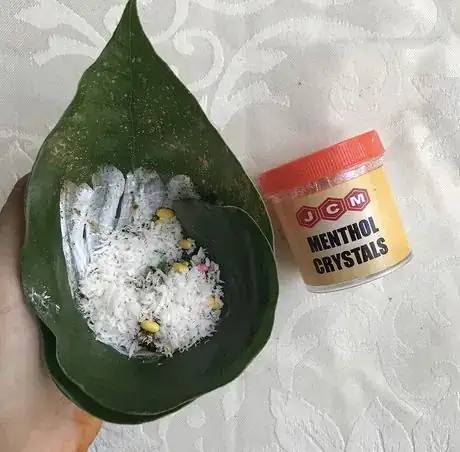
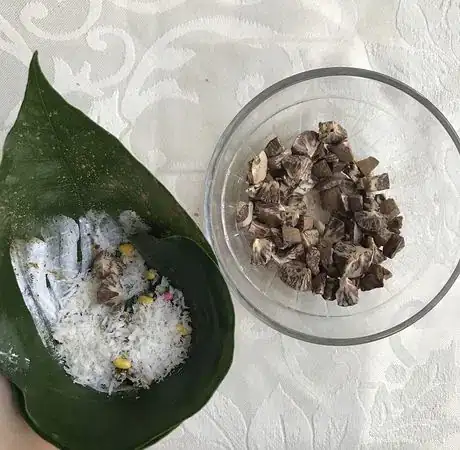
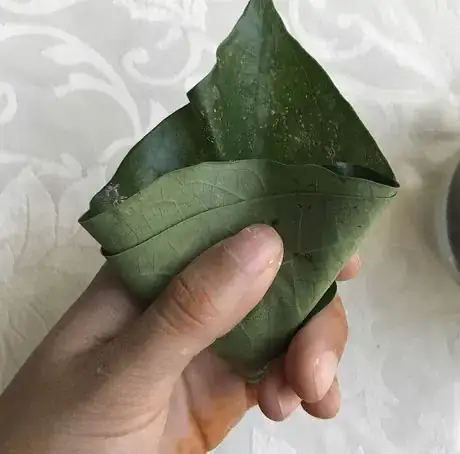
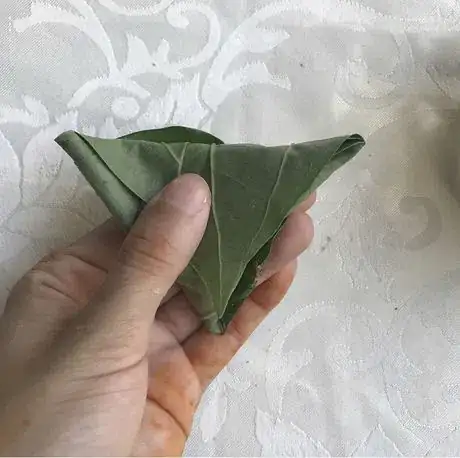
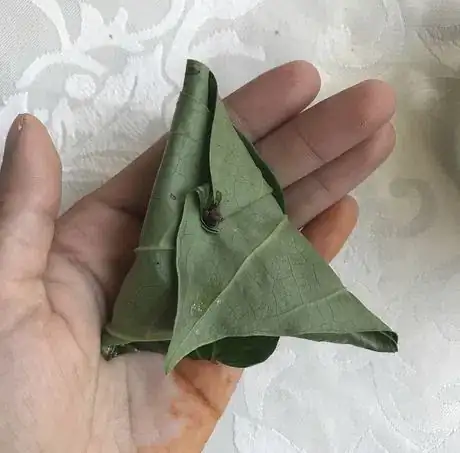
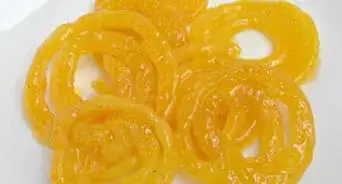
-Step-10.webp)






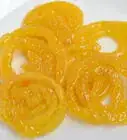
-Step-10.webp)
